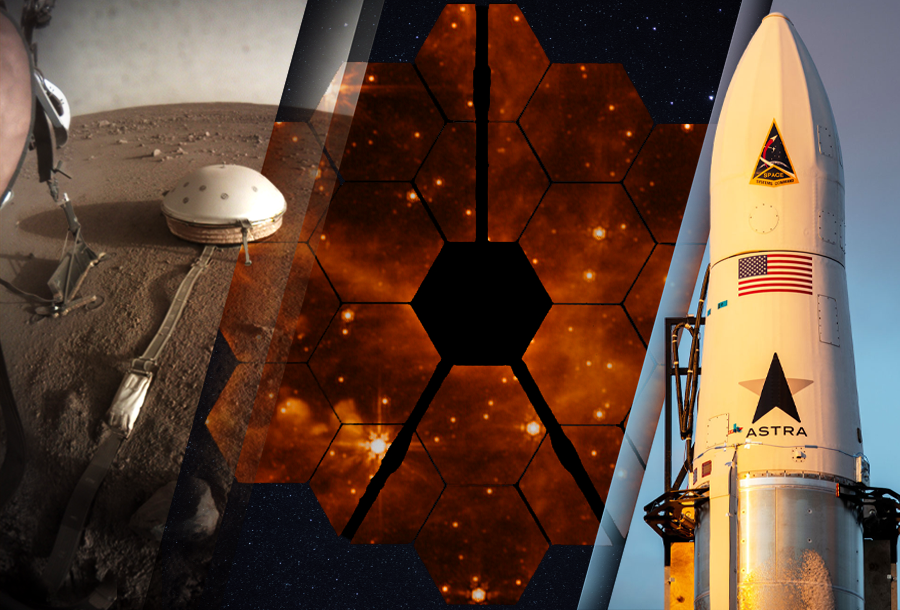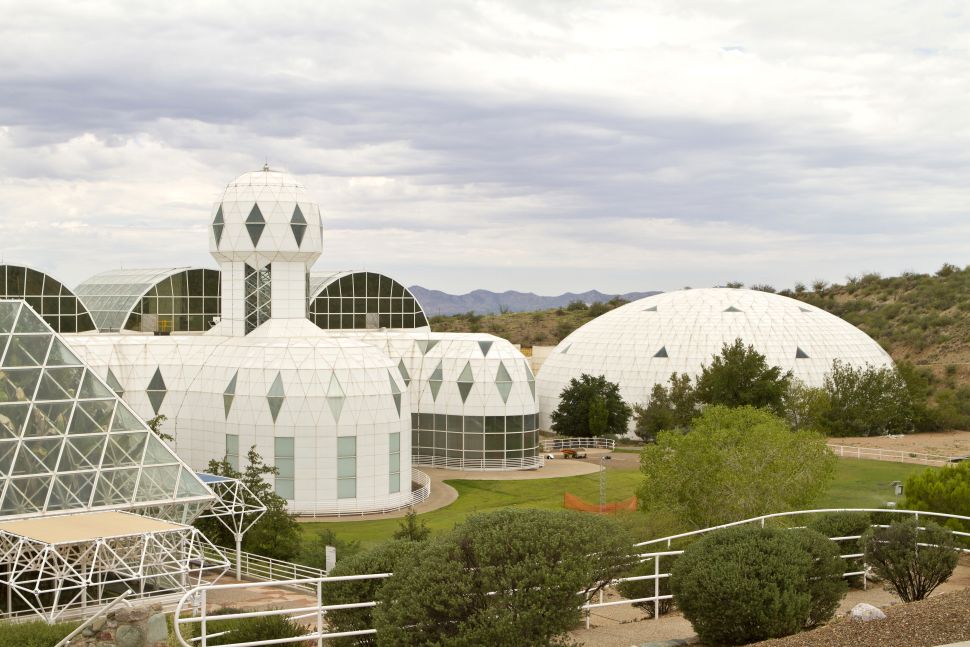Selection of space news for breakfast: Record-breaking “earthquake” was registered on Mars, mining on the Moon will help save life on Earth, and Canada has banned testing of anti-satellite systems.

JWST entering “home stretch” of commissioning
The James Webb Space Telescope is operating better than expected. Scientists and mission managers said they have completed the alignment of the telescope’s optics with all its instruments and now are moving into setting up the instruments for science operations, the final step in a commissioning process that started shortly after the telescope’s launch.
National Reconnaissance Office partners with U.K. on space mission to fly on Virgin Orbit rocket
The launch from Spaceport Cornwall will be the first commercial rocket to lift off from the U.K. The U.S. National Reconnaissance Office and the United Kingdom’s Ministry of Defense will launch a joint mission this summer on Virgin Orbit’s LauncherOne rocket, U.K. defense procurement minister Jeremy Quin announced.
Russian spacecraft won’t be able to visit the Chinese orbital station
Yang Yuguang, a representative of the Chinese Aerospace Scientific and Industrial Corporation (CASIC), said that Russian spacecraft do not have the opportunity to visit the new Chinese orbital station. The orbit of the Chinese station has an inclination of 42 ° (that is, it is inclined to the plane of the earth’s equator by 42°). This means that it can be reached by manned spacecraft launched from cosmodromes located at a similar or lower latitude. However, the Baikonur cosmodrome is located at 45 °N latitude, the Vostochny cosmodrome is at 51 °N latitude. And this means that heavy spacecraft launched from their territory (Soyuz and Progress spacecraft) simply cannot physically reach the Chinese station. To do this, they will have to reduce their orbital inclination, which in turn requires very large energy costs, significantly exceeding the capabilities of Russian rockets and propulsion systems of Russian spacecraft.
Market News
Tianzhou-4 cargo craft docks with Chinese space station
The Tianzhou-4 cargo spacecraft completed an automated docking in orbit with the Tianhe space station module late Monday following launch from Wenchang.
Astra to launch rocket from the territory of the British spaceport
Astra Space has announced its intention to launch its rockets from the territory of the SaxaVord spaceport, located on the island of Anst in the northern part of the Shetland archipelago. The first mission is scheduled for 2023.
Globalstar agrees terms with “global customer” for terrestrial connectivity
Globalstar has signed a term sheet with a “large, global customer” to start deploying some of its spectrum for terrestrial use “in the U.S. and beyond,” the satellite operator said.
The mystery customer is looking to use frequencies Globalstar holds in a part of S-band dubbed Band 53, the operator said in an earnings release. While further details were not disclosed, Globalstar has been working with Nokia for years to develop terrestrial solutions for Band 53, including private wireless networks and systems for connecting internet of things (IoT) devices.
Phantom Space places order for more than 200 Ursa Major rocket engines
Phantom Space Corporation, a space applications company, has announced an agreement to purchase more than 200 rocket engines from Ursa Major, America’s only independent pure-play rocket propulsion company. The order includes Ursa Major’s 5,000-Pound Thrust Hadley engines and the new 50,000-pound thrust Ripley engines. By using Ursa Major’s Hadley engines, Phantom’s Daytona rocket is slated for orbital launch in 2023, just three years after Phantom Space was formed.
Interesting

Canada joins U.S. in ASAT testing ban
In a tweet, the Permanent Mission of Canada to the United Nations in Geneva announced that Canada would abide by the non-binding ban on such ASAT tests announced by Vice President Kamala Harris April 18. Such tests, Harris said at the time, create dangerous amounts of debris in orbit, and she called on other nations to join the United States in the ban.
Insight Registered the Most Powerful Marsquake in history
On the surface of the Red Planet, the InSight spacecraft registered the most powerful marsquake during its mission. Its magnitude was 5 points. As of today, SEIS has registered 1,313 underground vibrations. Their number, as well as their strength, surprised many scientists who believed that marsquakes are an exceptionally rare event there. But Insight’s data forced planetary scientists to reconsider their ideas about Mars. It turned out that the planet is much more active than previously thought, and various processes are still taking place in its depths.
‘Analog astronauts’ assemble in Biosphere 2 bubble to talk simulated space missions
Out in the desert in Arizona, “analog astronauts” gathered this weekend for an annual conference in a giant, futuristic habitat called Biosphere 2. The event, called the Analog Astronaut Conference, is an annual meetup showcasing the work of “analog astronauts,” or researchers who have completed simulated space missions, living and working in habitats on Earth that mimic expected living conditions in destinations like Mars or the Moon.
India, France agree to cooperate on secure access to outer space, space-based challenges
India and France have agreed to cooperate to tackle “contemporary challenges that have arisen in space,” including secure access to outer space. The pledge was part of a broader set of economic and security agreements reached between Indian Prime Minister Narendra Modi and his French counterpart Emmanuel Macron during their summit in Paris.
Mining the moon to help save life on Earth (op-ed)
Moving heavy industry off Earth could help cure some of what ails our planet. The moon is a complex rock, but still a rock, rich in silicates. Whether cheaply bringing autonomously constructed solar arrays from the moon’s low gravity well to Earth orbit, or by beaming solar energy directly from the lunar nearside toward Earth, we have the means to supply clean energy from the moon, without resorting to complex, large-scale mining of helium isotopes for still-developing fusion technologies.
UK blames Russia for satellite internet hack at start of war
Russia was behind a cyber-attack targeting American commercial satellite internet company Viasat, UK and US intelligence suggests. It caused outages for several thousand Ukrainian customers – and affected windfarms and internet users in Central Europe.
Read also: Ukraine may become part of the European Space Agency, and Rogozin threatens Mask: News Digest
Follow us on Twitter to get the most interesting space news in time
https://twitter.com/ust_magazine

